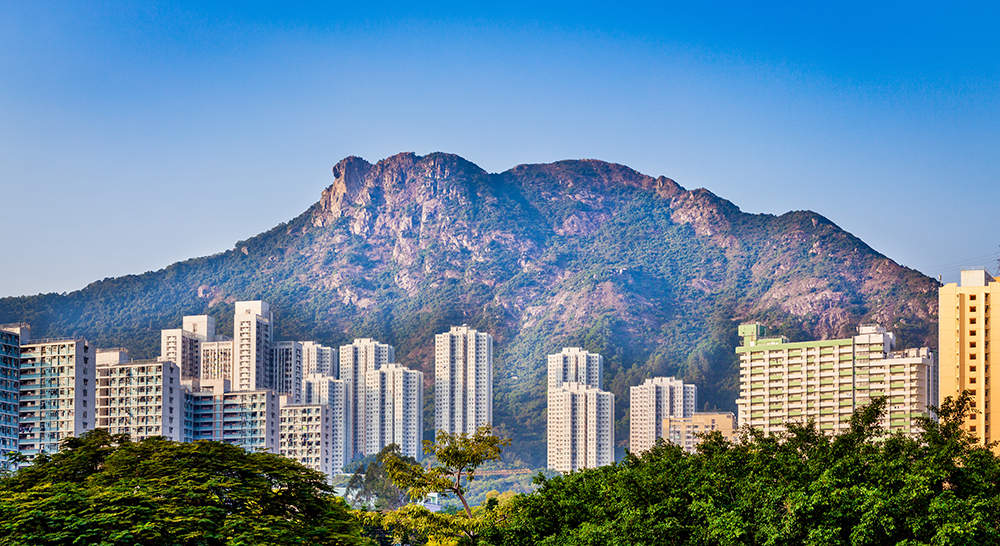
25 January 2018 - As expected, the 2017 residential housing market ended strong, with first-hand and second-hand property sales valued at HK$15.8 billion and HK$26.1 billion respectively, bringing the annual residential unit transaction amount to HK$556 billion—a 30 per cent surge compared to 2016. Since the second half of 2017, analysts have been speculating whether the Hong Kong property market would boom or bust in 2018: UBS gave Hong Kong a Global Real Estate Bubble Risk Index of 1.73 (any markets scoring higher than 1.5 falls into the bubble risk territory ), whereas JLL expects Hong Kong home prices to rise by as much as 20% in 2018. So, will the world’s most expensive housing market crash in 2018? Given the real estate property market trends that we are anticipating during the year, probably not.
Record-breaking primary sales and growing secondary sales
The overwhelming demand for first-hand properties brought primary home sales to new heights in 2017, with the annual transaction amount setting a record of HK$240 billion. The soaring primary housing market shows no signs of cooling off with continued enthusiasm for new properties: the first residential project launch in 2018, St Barths in Ma On Shan, attracted as many as 18 prospective buyers submitting bids for every available unit. Although the developer offered discounts of up to 22 per cent, the per-square-foot price was set between HK$15,500 to HK$18,700, crowning St Barths the most expensive residential development of the district to date.
As the demand for first-hand homes consistently outstrips supply, in 2018, the primary property market is predicted to set records both in terms of home prices and transaction volume. This could be good news for the second-hand property market as it could lead to a maximum of 12 per cent increase in secondary home prices, as forecasted by Knight Frank.
Interest rates will rise—but not enough to result in a slump in home prices
Reacting to the rise in US interest rates by the US Federal Reserve in mid-December, the Hong Kong Money Authority raised the base lending rate by 25 basis points to 1.75 per cent. In anticipation of the Fed’s move, the Hong Kong Interbank Offered Rate (HIBOR) was driven up from 0.367 per cent in June to 1.01 per cent in December. This means HIBOR-based mortgage borrowers will have to make higher repayments. While this has no immediate impact on prime-based home loans, as the base lending rate and HIBOR go up and banks obtain money from the HKMA and other banks at higher rates, analysts expect banks to raise their prime rates in early 2018 to maintain desirable margins.
Highest interest rates could impede home price growth to some extent, but it would be insufficient to cause the housing market to collapse. This is because the city’s housing demand still far exceeds home supply. Nonetheless, ever since the Fed confirmed a raise in US rates, the Hong Kong market anticipates a subsequent increase in Hong Kong interest rates as the Hong Kong dollar is pegged to the US dollar. As a result, the impact is believed be relatively light, as predicted by David Ji, head of research and consultancy for Greater China at Knight Frank.
New homes in the New Territories
Riding on the overflowing demand for new properties, more developers are participating in the first-hand market in the hopes of gaining a share of lucrative primary sales revenue. New property developments in 2018 are forecast to provide about 26,840 residential units, of which 60 per cent of supply will be found in the New Territories, particularly in Yuen Long and Tuen Mun. As more competitors emerge, developers will be inclined to employ more creative sales strategies, for instance, by offering mortgage plans with a higher loan-to-value ratio or tax allowances, to attract prospective buyers.
Subscribe to our newsletter for more timely insights on the Hong Kong property market.





